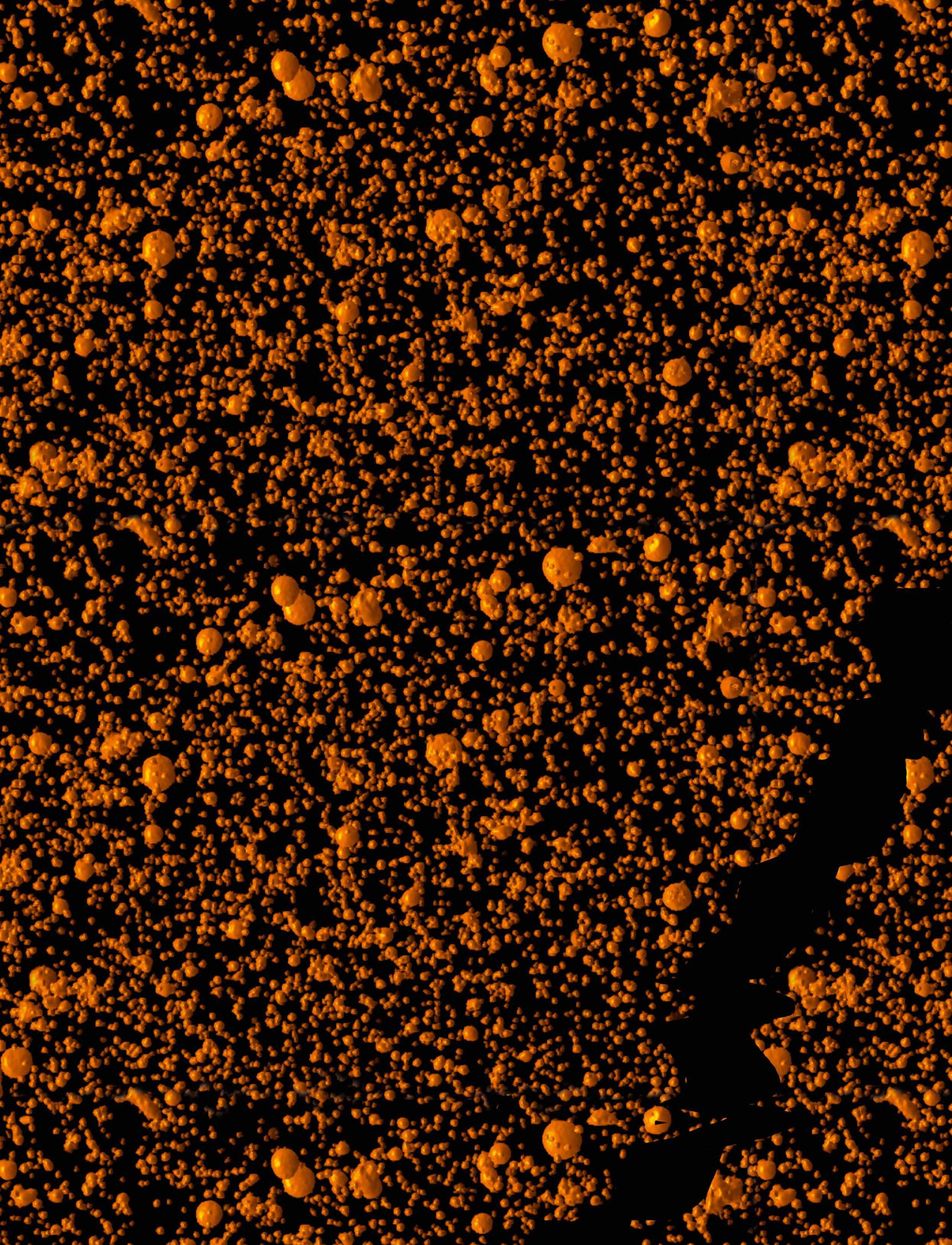Exploring the Zooniverse Zooniverse.org is the largest and most popular online citizen science portal where anyone can help with research projects from the comfort of their home. Volunteers simply sign up and look over image or data sets to classify what they see. Those image sets can be anything from new galaxies to penguin populations, taken from devices like telescopes, satellites and camera traps. The images from these projects can be awe inspiring and classification can be addictive, so it is little wonder people are flocking to the site in growing numbers. Zooniverse is making scientific discovery more accessible and more personal for everyone. Richard Forsyth interviews Chris Lintott, Professor of Astrophysics, University of Oxford and Principal Investigator at Zooniverse. EU Researcher: Can you explain some of the projects you have live, as there is quite a wide variety in terms of subject matter?
Professor Chris Lintott: What unites the projects on the platform is that, in each case, researchers need help from everyone to sort through their data. That might mean sorting through images of distant galaxies, looking at images of penguins from a camera trap project in Antarctica, or transcribing an old manuscript from a museum archive. In each case, the contributions of thousands or tens of thousands of people add up to something much greater than the sum of its parts, and Zooniverse volunteers have gone on to make remarkable discoveries along the way. Though originally my team and I built the Zooniverse to help with our own research, the variety of the projects goes way beyond that and is astounding.
EUR: Can you take us through a typical process or workflow of a
EUR: Well over a million people are involved in your research – from all kinds of backgrounds. The projects have really captured imaginations. What is it about this kind of research that really attracts people to get involved and do they stay loyal as researchers?
citizen science project?
Prof. CL: More than two million people registered now, in fact,
Prof. CL: Our projects almost all involve pattern recognition,
and you’re right that it’s not just people who are already interested in science. That’s been the most surprising thing, I think – that an enormous range of people, many of whom have never before
something we have conveniently evolved to be very good at.
48
Volunteers joining a site are presented with an image or video, and complete a series of tasks. We show each image to multiple people, and sometimes to a machine learning algorithm or two too, and combine the results so that we can be confident that they’re accurate (or that we understand the inevitable uncertainty). It sounds simple, but the key is designing the project so the right questions are asked, and that the data the volunteers produce is worth having.
EU Research






























